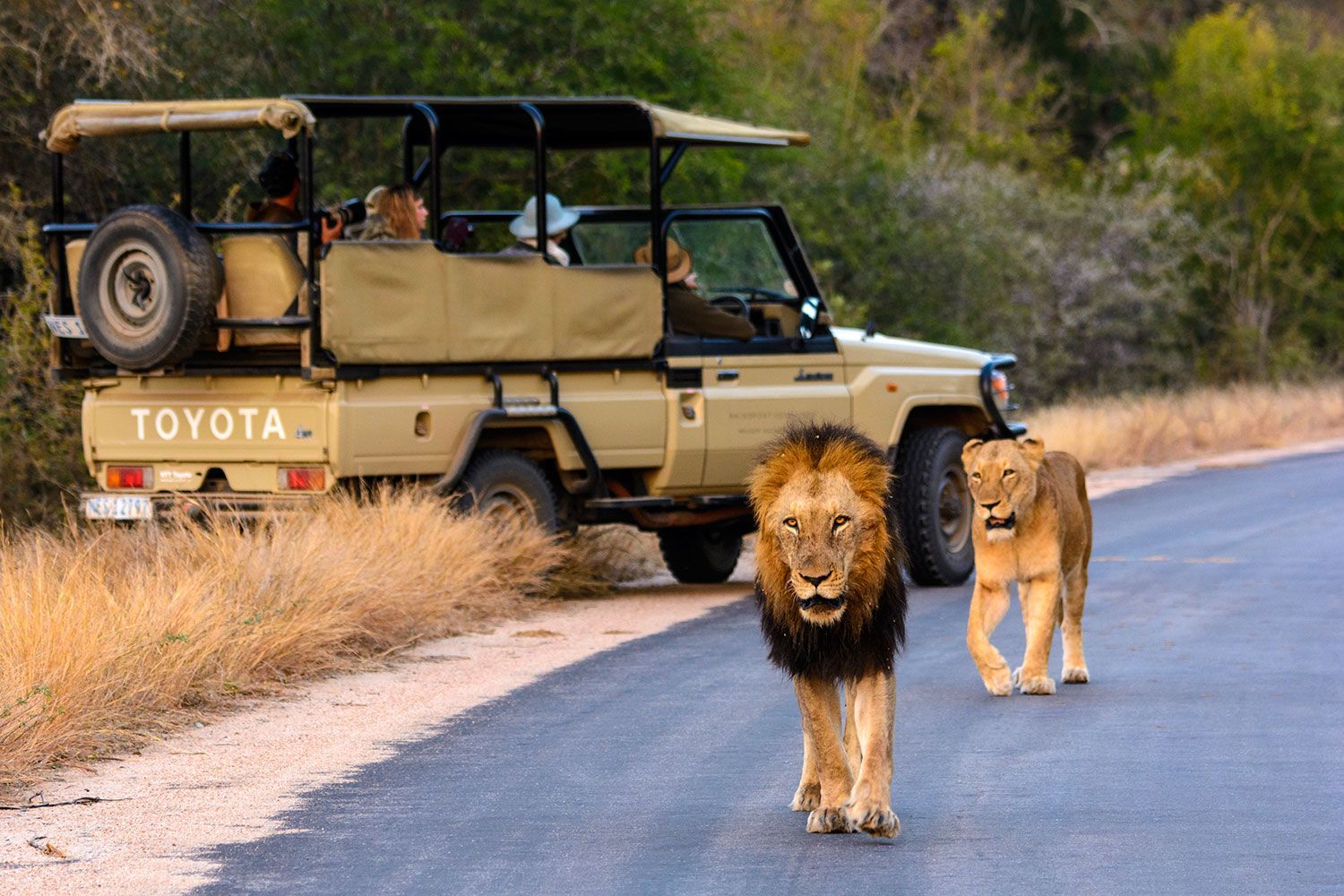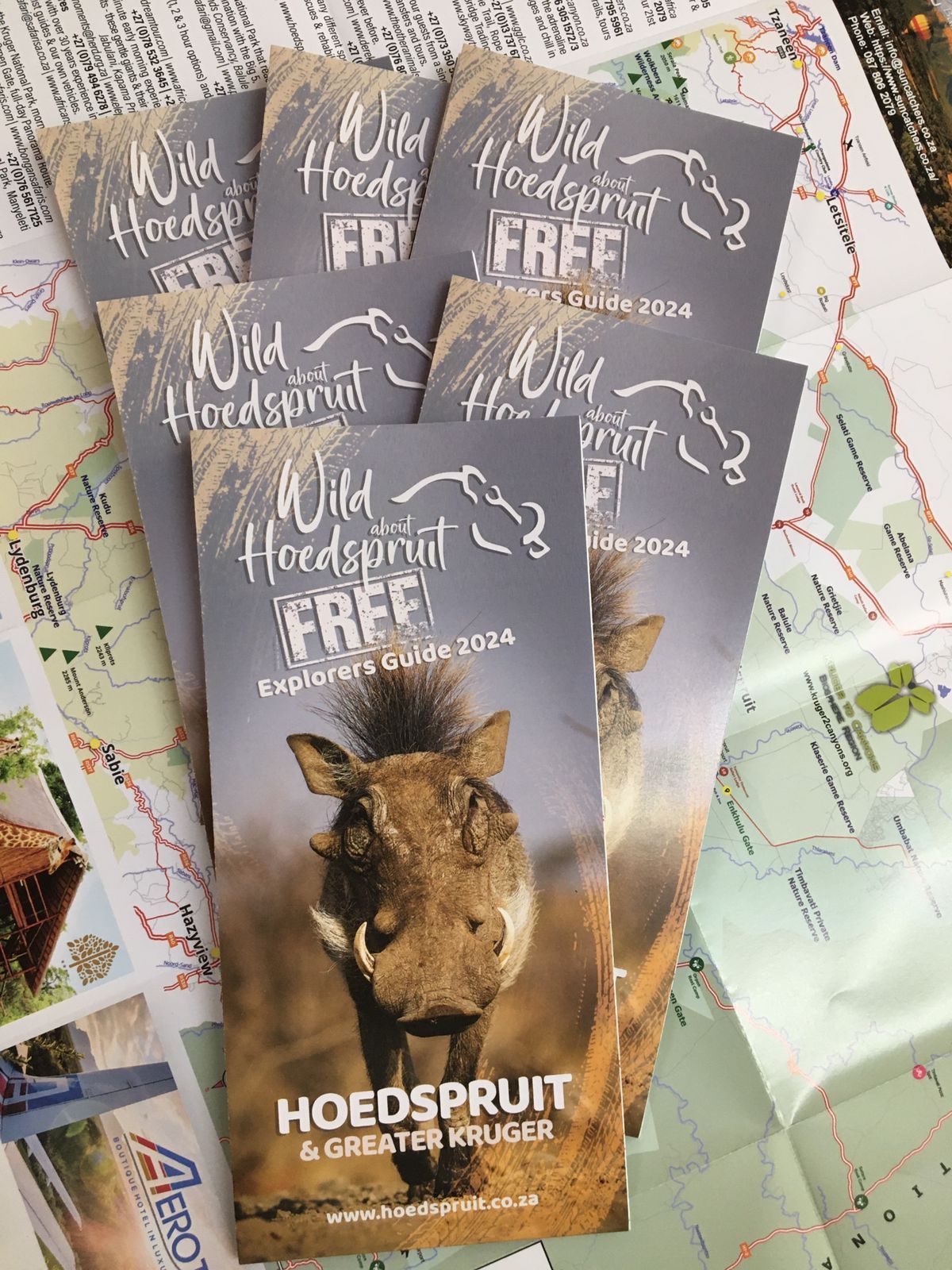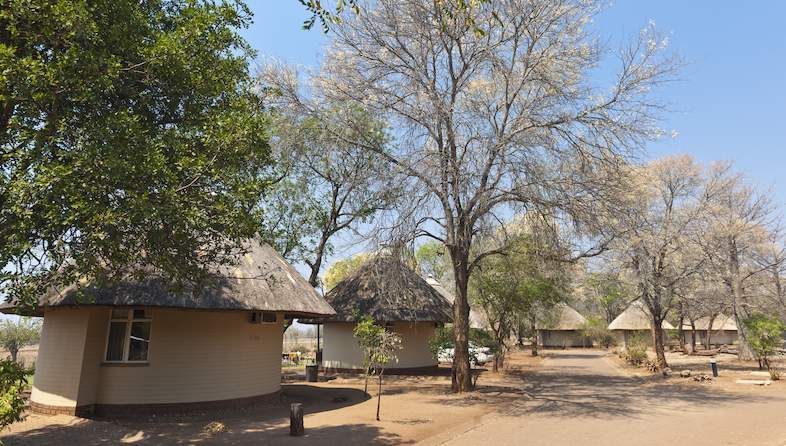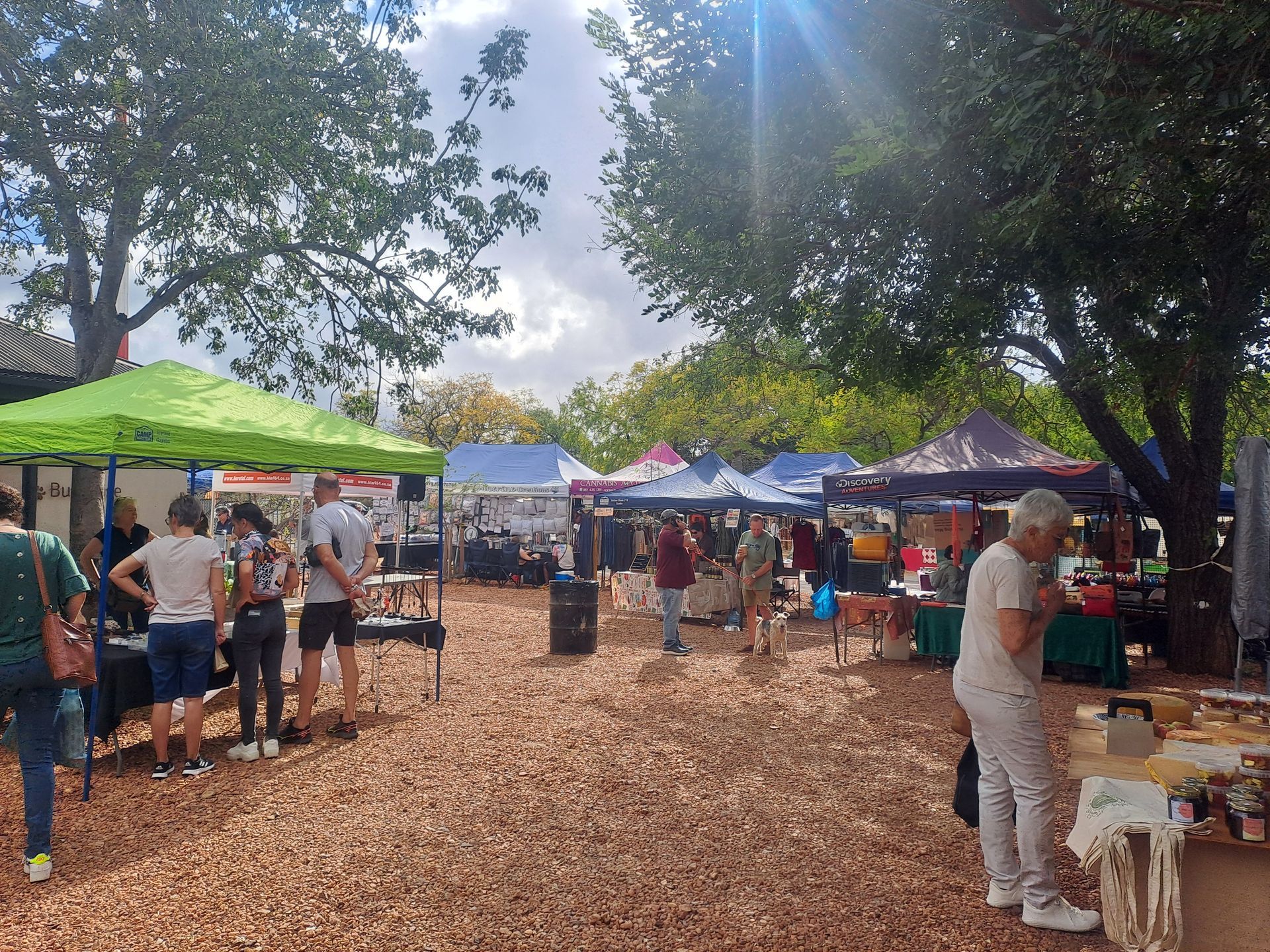Blue Wildebeest in Kruger National Park: A Complete Guide
The wildebeest, with its distinctive appearance and lively presence, is a captivating species that graces the landscapes of Kruger National Park. Witnessing these majestic creatures on the move is a testament to the untamed beauty of African wildlife.
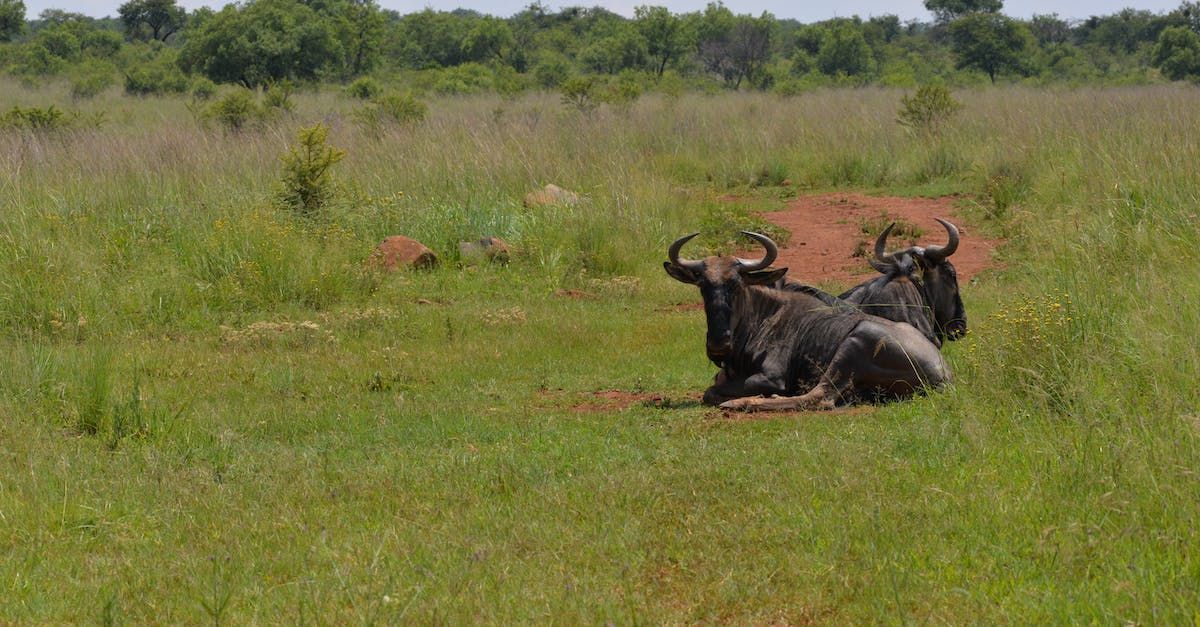
Why it's an Exciting Species to Encounter in Kruger
Wildebeests, often called gnus, are a spectacle to behold in Kruger National Park. Their massive herds, unique physical characteristics, and intriguing behaviors make them a highlight for wildlife enthusiasts exploring the park.
Identification
Physical Characteristics
Wildebeests are characterized by their robust build, curved horns, and distinctive facial features, including a beard and muzzle. They have a dark brown coat, a flowing mane, and a tail with a tuft of hair at the tip.
Unique Features for Easy Identification
Individual wildebeests can be identified by variations in horn shape and size, as well as distinctive facial markings. Observing these features enhances the overall safari experience.
Fascinating Facts
Interesting and Lesser-Known Facts about the Animal
Wildebeests are known for their spectacular annual migration, where vast herds undertake a perilous journey in search of fresh grazing lands. Their constant movements not only contribute to their survival but also shape the ecosystems they inhabit.
Its Role in the Ecosystem
Wildebeests are key players in maintaining the balance of the ecosystem through their grazing habits. Their dung fertilizes the soil, promoting plant growth, and their movements influence the behavior of predators and other herbivores.
Habitat and Range
Where in Kruger Can You Find This Animal?
Wildebeests are distributed across the diverse habitats of Kruger National Park, including grasslands, savannas, and open woodlands. They are often seen near water sources, where they graze and gather in large numbers.
Preferred Habitats and Behaviors
Wildebeests are adaptable to a variety of habitats, but they prefer areas with a mix of open spaces for grazing and cover for protection. Their migratory behavior is influenced by seasonal changes in food availability.
Best Times for Sighting
Seasonal Variations in Visibility
The dry season, from May to September, is optimal for wildebeest sightings as vegetation thins, making the herds more visible. The migration period, typically in May and November, is a prime time to witness the breathtaking spectacle of mass movement.
Preferred Times of the Day
Early mornings and late afternoons are the best times for wildebeest sightings, as the cooler temperatures prompt increased activity, and the soft sunlight enhances the visual experience.
Behavior and Social Structure
Behavioral Patterns and Interactions
Wildebeests exhibit a range of behaviors, from grazing and wallowing to their distinctive running patterns, often called "pronking." They are highly vigilant and responsive to alarm calls, aiding in the group's survival.
Social Dynamics if Applicable
Wildebeests are social animals that form large herds, providing safety in numbers. The herds are often led by dominant males, and social interactions within the group are essential for communication and protection.
Conservation Status
Current Conservation Status
Wildebeests are not currently classified as endangered, but they face threats such as habitat loss, disease, and predation. Conservation efforts focus on preserving their habitats and ensuring the sustainability of their migrations.
Any Particular Threats or Challenges the Species Faces
Habitat fragmentation, diseases transmitted from domestic livestock, and increased human-wildlife conflict pose challenges to wildebeest populations. Conservation initiatives aim to address these threats and secure the future of these iconic animals.
Tips for Spotting
Key Signs to Look For
Look for large herds grazing in open areas, listen for their distinctive calls, and observe their synchronized movements. Dust clouds may indicate a herd on the move.
Popular Regions within Kruger for Sightings
Areas such as the central plains, the Seronera region, and the northeastern parts of Kruger are renowned for wildebeest sightings, especially during migration periods.
Encountering wildebeests in Kruger National Park is a celebration of the dynamic and interconnected nature of African ecosystems. As visitors, let's appreciate the significance of these creatures and contribute to their conservation by observing them responsibly.
Additional Resources
Wild About Kruger
Explore the Wild About Kruger series, your comprehensive source for discovering the magic of Kruger National Park from the hub of Hoedspruit. Here, we delve into all you need to know, from incredible wildlife experiences to insider insights and travel arrangements.
Share This Article
Quicklinks
Related Articles
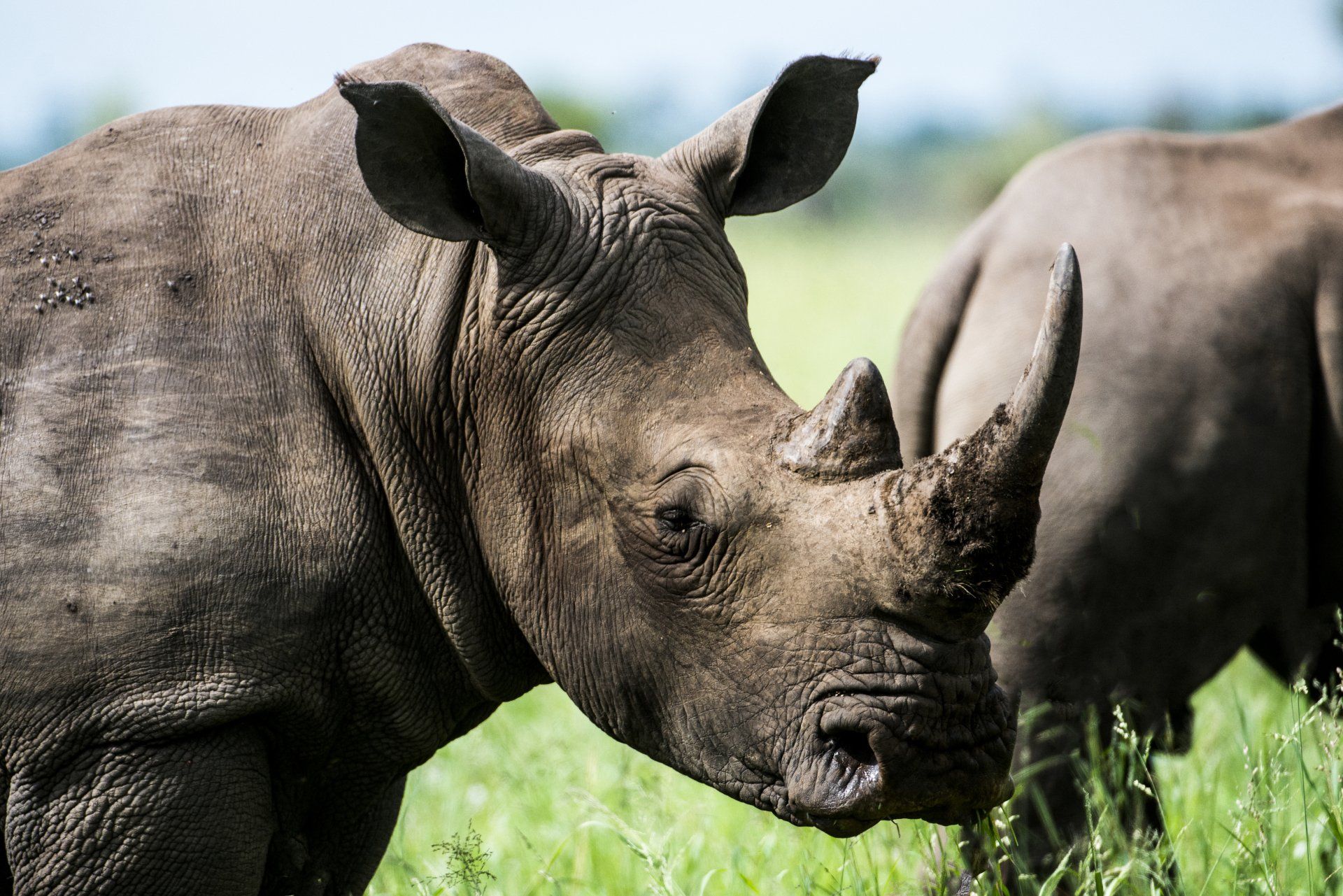


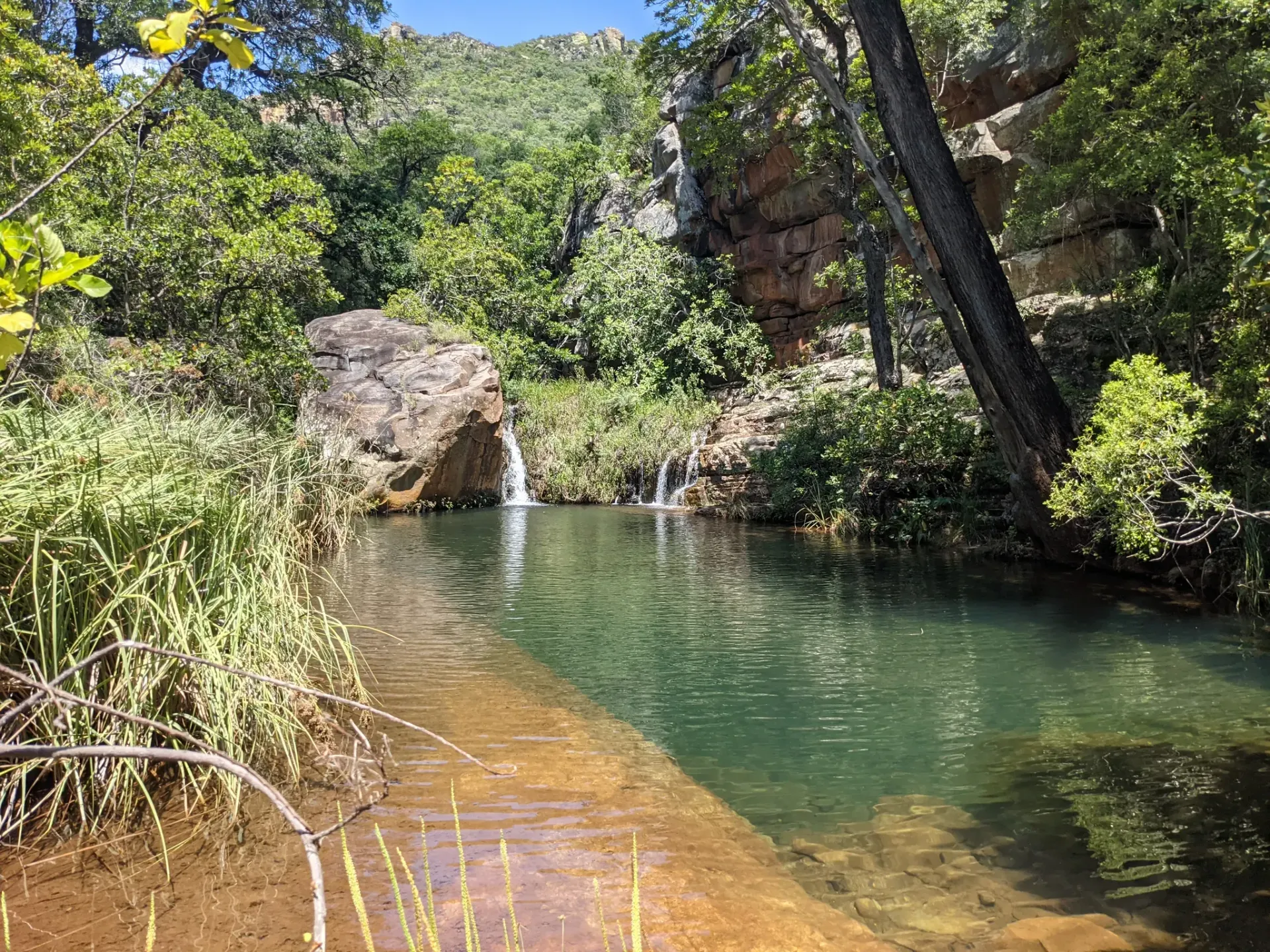

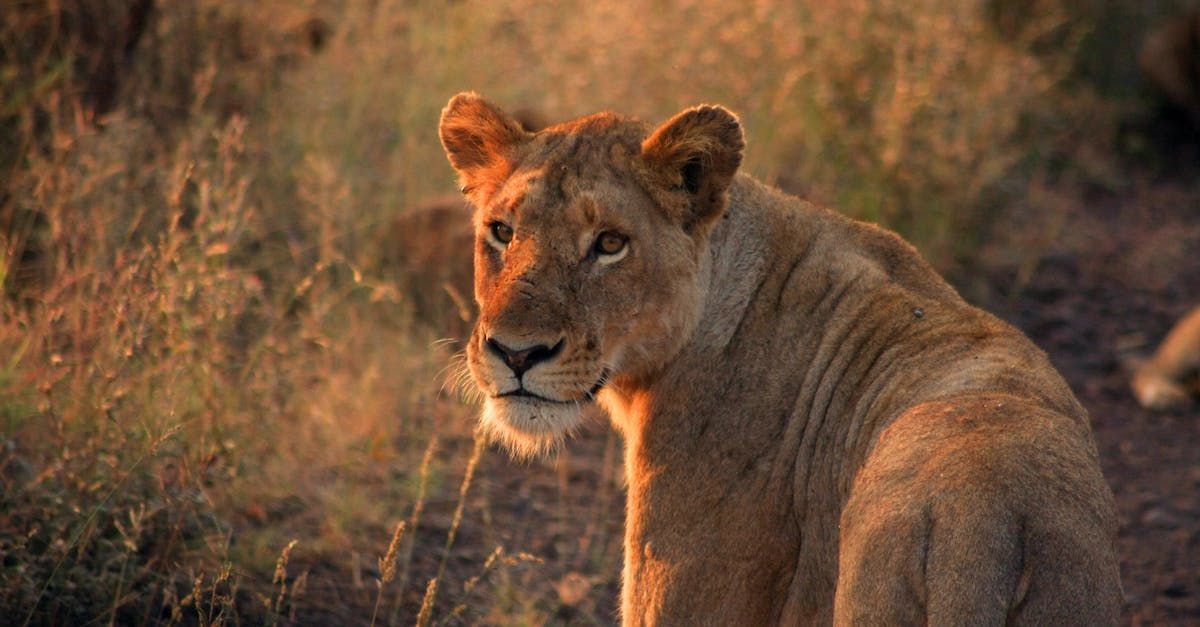

Hoedspruit Articles




